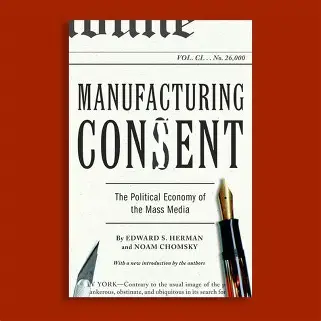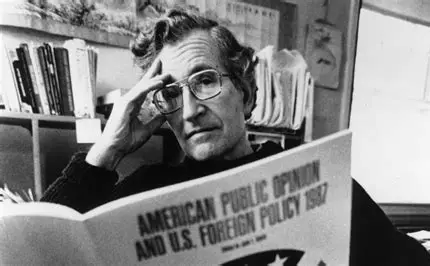Manufacturing consent, a concept articulated by Edward S. Herman and Noam Chomsky, describes the structural processes through which media organizations shape public perception in ways that support dominant political and economic interests. Their Propaganda Model identifies several systemic filters—corporate ownership, advertising dependence, reliance on official sources, disciplinary pressure (“flak”), and overarching ideological frameworks—that influence which issues receive attention, how events are framed, and which perspectives are marginalized. These filters do not operate through deliberate conspiracy; rather, they reflect institutional incentives and constraints that normalize certain narratives while rendering alternatives less visible or less legitimate.
Although developed in the context of twentieth-century mass media, the model has gained renewed relevance in the digital era. Social media platforms introduce additional layers of information control through algorithmic curation, which favors content that maximizes engagement rather than accuracy or civic value. This dynamic amplifies emotionally charged and polarizing material, creating distorted perceptions of consensus and conflict. The rise of data-driven microtargeting enables political actors and corporations to disseminate tailored messages to segmented audiences, thereby fragmenting public discourse and making persuasive strategies less transparent. Furthermore, platform moderation policies—shaped by commercial considerations, political pressures, and opaque rulemaking—constitute new forms of gatekeeping that influence which voices are amplified or suppressed.


These developments illustrate that the manufacturing of consent is no longer confined to traditional news institutions but distributed across a hybrid media system involving platforms, algorithms, influencers, and automated content flows. Understanding these processes is crucial for interpreting how public opinion is formed and why certain policy agendas achieve widespread acceptance while dissenting positions struggle to gain visibility. Cultivating critical media literacy—through diversified sourcing, attention to framing, and awareness of structural incentives—offers one of the most effective means of navigating an information environment where abundance of content does not guarantee plurality of perspectives.
References
Herman, Edward S., and Noam Chomsky. Manufacturing Consent: The Political Economy of the Mass Media. Pantheon Books, 1988.
Chomsky, Noam. Media Control: The Spectacular Achievements of Propaganda. Seven Stories Press, 1991.
Marwick, Alice, and Rebecca Lewis. “Media Manipulation and Disinformation Online.” Data & Society Research Institute, 2017.
Vosoughi, Soroush, Deb Roy, and Sinan Aral. “The Spread of True and False News Online.” Science, 2018.
Wu, Tim. The Attention Merchants. Knopf, 2016.

